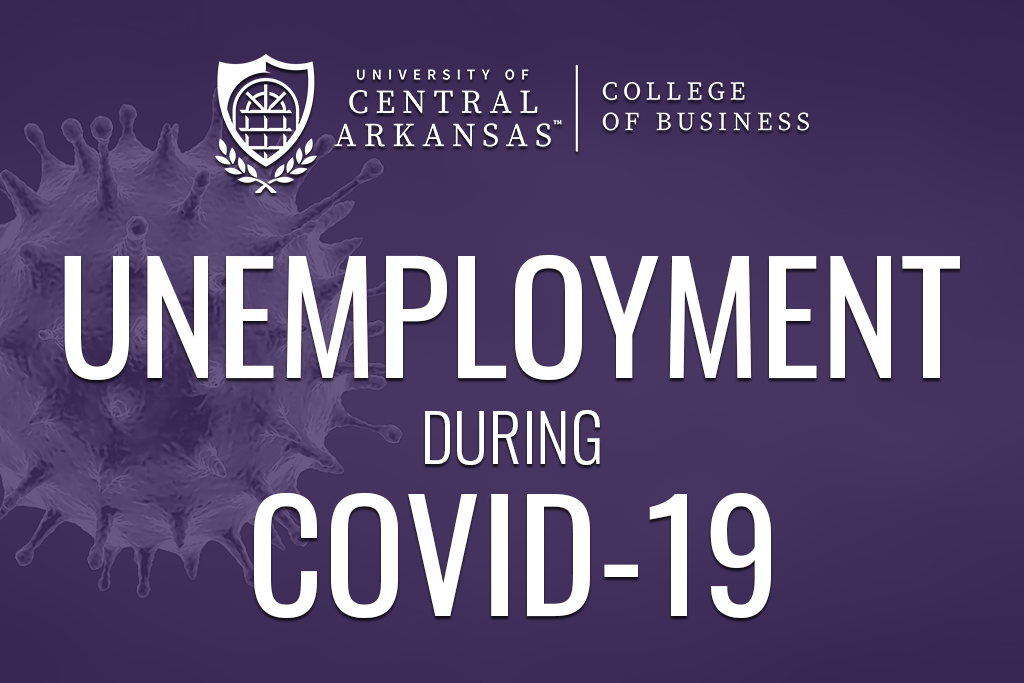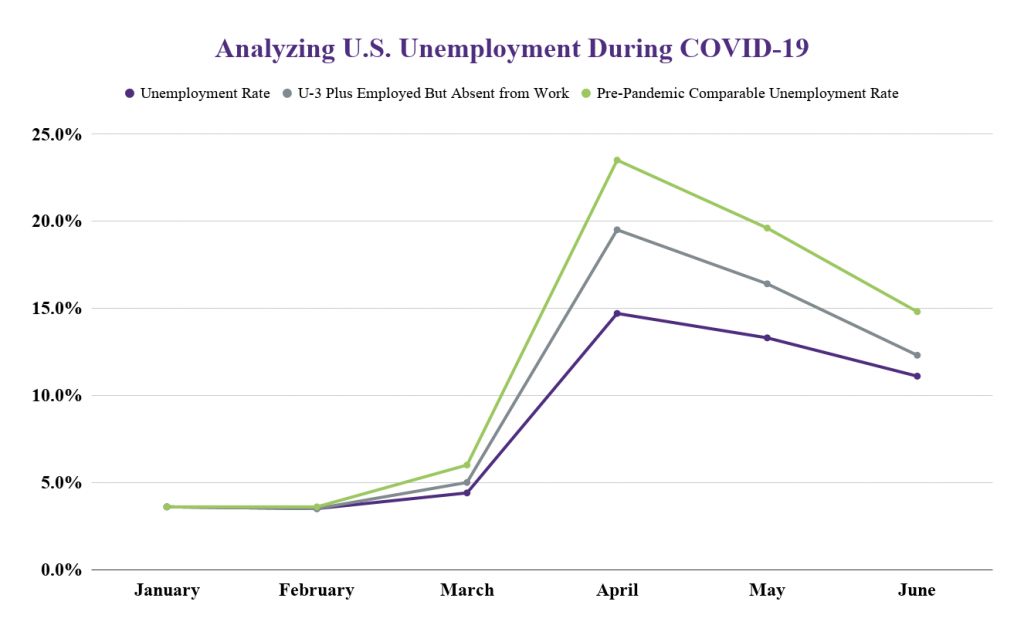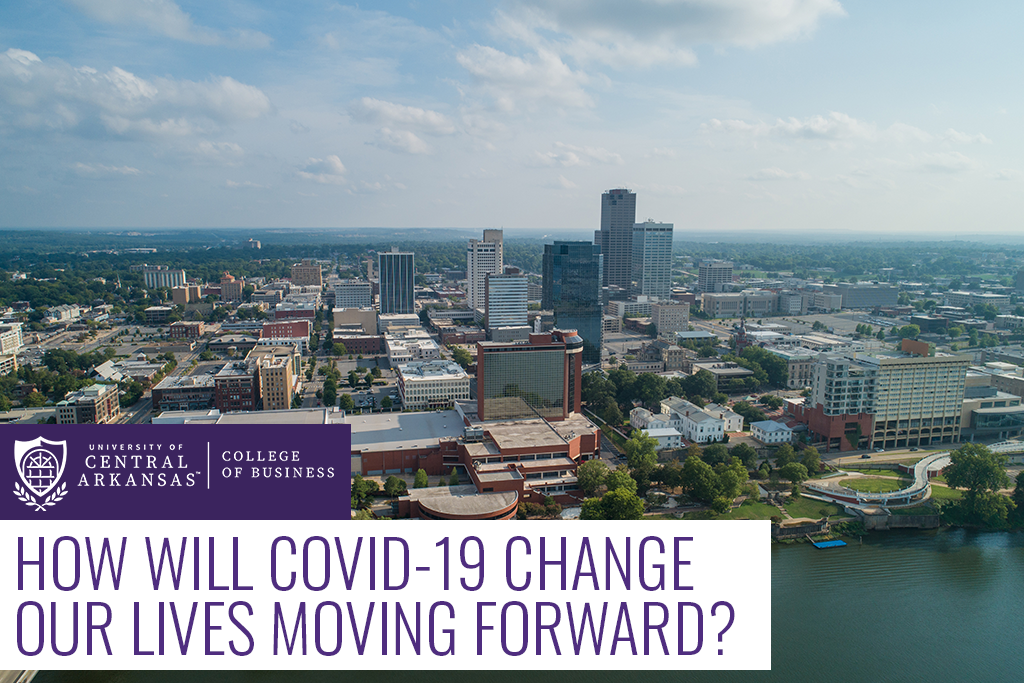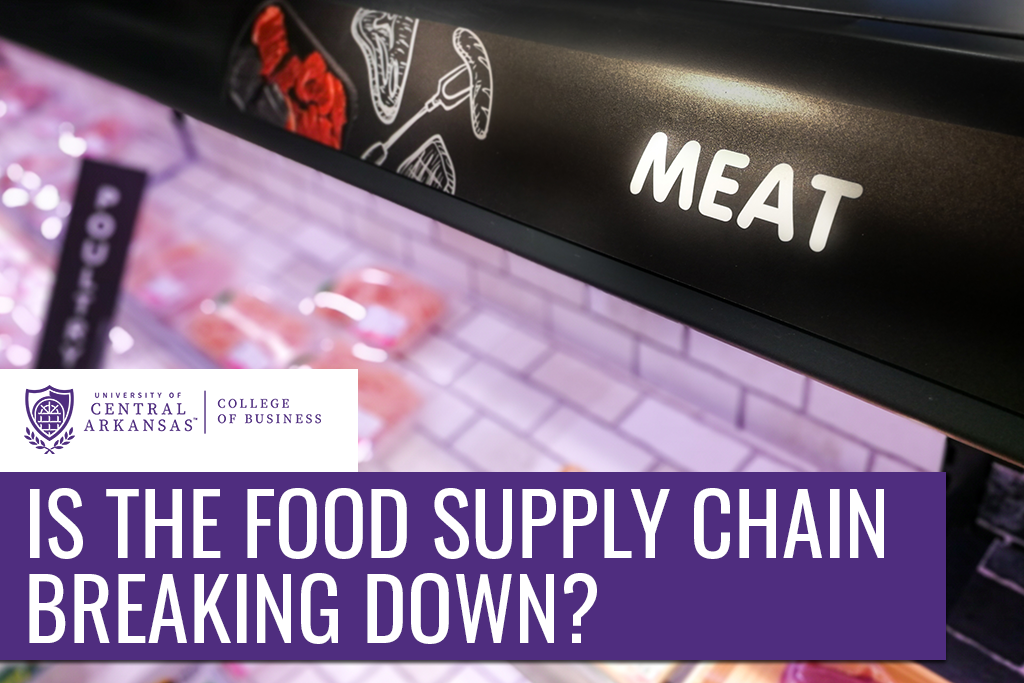 Cynthia Burleson, director of the Center for Insurance & Risk Management in the UCA College of Business, was featured in June on an episode of the Insurance Town podcast.
Cynthia Burleson, director of the Center for Insurance & Risk Management in the UCA College of Business, was featured in June on an episode of the Insurance Town podcast.
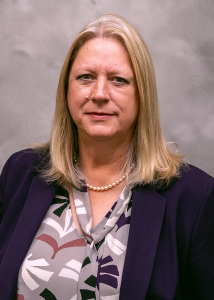
Cindi Burleson, director of the Center for Insurance & Risk Management
The podcasts talks to personalities and leaders in the Arkansas insurance and risk management industry and is hosted by Heath Shearon. The duo discusses Burleson’s journey from the industry to the classroom, UCA’s involvement in insurance programs and events, the Arkansas Insurance Hall of Fame — housed in the UCA College of Business — and the insurance program’s noteworthy internship program.
The College of Business’ four-year insurance and risk management degree is the only of its kind in the state. The program was designated as a Global Center of Insurance Excellence last year.
Listen to the podcast here.

 Hannah Robinson, a senior
Hannah Robinson, a senior 